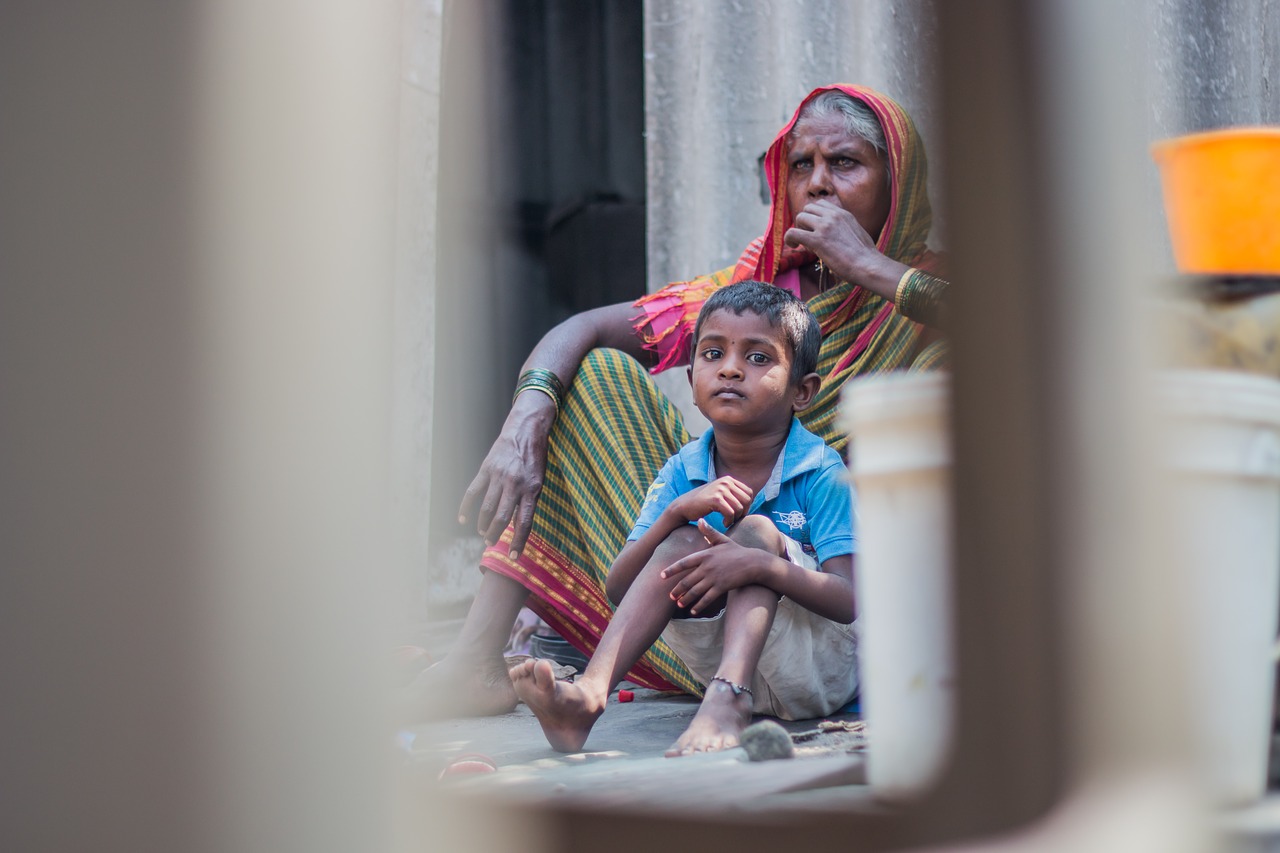If you were to give migration a face, would it be a male or female one?
An important question ought to come to our minds each time we look at the countless images of stranded migrant workers or those taking the arduous walk back home amid the lockdown, why did we see such few women? Whether it is the image of thousands of migrant workers waiting to catch buses back home at Delhi’s Anand Vihar Bus Terminal or of helpless migrants waiting at Mumbai’s Bandra station: one thing that ought to strike us is why are women far less represented in such images compared to their male counterparts. This article is going to be an attempt to take our attention to the gender question as far as migration in the wake of COVID-19 is concerned.
Who then is the quintessential migrant worker and why are women who migrate for work missing from the picture?
How Do Women Migrate?
If we look at the general trends of women’s migration in India then we would discover that generally women migrate in family units that are accustomed to working as a team or as units in themselves. Many single women can be found employed as live-in domestic helpers in our metropolitan cities such as Mumbai, Kolkata or Chennai. Thousands of women are also employed in small enterprises such as salons and beauty parlours, restaurants and local eateries, offices and schools or as assistants in various organisations.
Many women accompany their families to sites of labour such as a construction site where they work along with their male counterparts and also run the family unit providing for essential chores like cleaning, cooking and looking after the kids.
It wouldn’t be wrong to say that if one were to look at the representation trends as far as women’s migration is concerned then it would be evident that women are treated as nothing but the ‘accompanying other’ in what can be called an overwhelmingly male phenomenon of mobility.
When photojournalists captured the movement of migrant workers from urban cities to the peripheries due to the lockdown, this is perhaps the section of women(accompanying their husbands and children)that got captured on their keen cameras.
But what about the women who are not in the city along with their families or operate single handedly? These single women employed in various sectors are invisible from the media gaze. This is perhaps why we don’t see them represented enough when we talk of the challenges to migrant workers in the face of the lockdown.
Many women accompany their families to sites of labour such as a construction site where they work along with their male counterparts and also run the family unit providing for essential chores like cleaning, cooking and looking after the kids.
What Brings Single Women to the Cities?
The growth of the urban middle class in the urban centres has meant that a demand for single women workers had amplified manifold.
The middle-class-isolation of the Indian cities has created jobs for both men and women as there is a large scale proliferation in the number of nuclear family households.
While the service sector has opened up a plethora of opportunities for men, the domestic need for all sorts of chores and care-taking has opened up avenues for single migrant women.
As both spouses take up work in the professional domain, the demands and needs of the household ranging from cooking, cleaning to looking after the young has been taken up by migrant women working as household helpers and maids.
As more and more educated middle class women step outdoors to join the workforce, works such as domestic chores or care of the elderly and children which were traditionally considered to be women’s work have been outsourced to women from economically poorer sections.
These women do all kinds of household work as taking up responsibilities of care and nurturance, making it increasingly possible for middle-class women to pursue a career.
It is interesting to note that a recent study conducted by the International Labour Organisation(ILO)showed that the qualities that employers seek in their domestic helpers are communication skills, professionalism, politeness and etiquettes and the ability to manage the household responsibilities with maturity and dignity. It is due to the high demand of domestic helpers with the above skills that specialised domestic help call centres and training programs have emerged.
Many programs and training curriculums to produce house helpers ‘trained’ in domestic chores and care responsibilities have come up in states such as Jharkhand, Chhattisgarh and Nepal, as they account for most of the migrant live-in domestic house helpers in cities such as Delhi, Mumbai.
Despite High Representation, Why Are Women Migrants Invisible?
Why do we not see enough images of women migrant workers rushing home amid the lockdown? One of the most important reasons for this is that the public domain in India is largely male-centric and both designed and governed by men. In this overwhelmingly male oriented world, women are a new entrant and their position in the public domain continues to be contested. It is also possible that once they walk out of the threshold of their native homes, they are discouraged to return unless no other option is left. Many among these women have left their native villages with an aspiration, with a dream and even dared to step outside by leaving behind chains of patriarchal oppression and thus returning back may not be an option at all.
The invisibility of the women migrant worker is born out of a context wherein her safety and wellbeing, her specific needs and experiences have all been systematically denied and neglected.
But a big problem that arises is that if women are left behind in a helpless state such as this, do we have enough policy measures to address their specific needs? What is the guarantee that their safety will be taken care of across urban centres? There is indeed an urgent need to pay adequate attention to migrant female workers in urban areas, take into account their specific experiences and create a more hospitable ambience in urban areas for their well being.
One of the major challenges before us is to ensure that transportation networks become gender sensitive and are made inclusive, safe. The single female migrant workers who wished to return back home amid the lockdown had no ‘women-only’ transport, thereby making them anxious of their safety during the travel.
This may have been a reason why many of them decided against the travel. The invisibility of the women migrant worker is born out of a context wherein her safety and wellbeing, her specific needs and experiences have all been systematically denied and neglected.
The pandemic has unleashed the incapacity of our cities and the wider policy making machinery’s inability to cater to the needs and requirements of the female migrant worker.
Let us hope that we learn some lessons from this pandemic and begin to become more sensitive to women migrant workers’ relationship to both work as well as urban spaces.
Can a city be a truly liberating space if it continues to deny women the freedom to travel, explore and discover themselves without fear or anxiety? The plight of women migrant workers is seldom addressed, far less discussed and deliberated upon. The coronavirus pandemic has shown how poorly represented they are even in all our debates about the decaying conditions of our migrant workers. Lack of policy measures, lack of gender friendly public transport and work cultures and an absence of an ecosystem that takes into account their specialised needs have all collectively brought us to this crisis of insufficient representation. That’s why when we look at the images of migrant workers stranded in urban centres or taking long journeys on foot, we must not forget to ask ‘where have all the women gone?’
Sameena Moitra is The New Leam contributing writer – based in Darjeeling.














